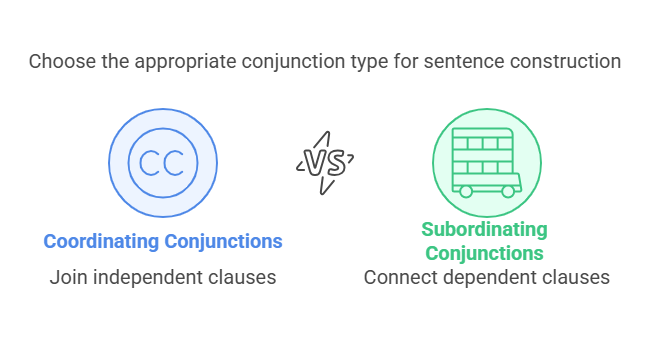KS2 & KS3 ✨ 📖 🚀Struggling with Sentences? This Will Fix It!
📚 Mastering Sentence Variety for Descriptive Writing
Using a range of sentence structures can make your descriptive writing more engaging and powerful.
Here’s a breakdown of different ways to start your sentences, along with sentence types and useful conjunctions to structure your ideas effectively.
🔹 Starting Sentences in Different Ways – ISPAC(E)
To create engaging descriptions, vary how you begin your sentences. Use the ISPAC(E) method:
I - Ing Start
Begin with an -ing verb to add action and immediacy.
➡️ Example: Whistling through the trees, the wind carried whispers of the past.
S - Simile Start
Use a simile to create vivid imagery by comparing something to something else.
➡️ Example: Like a creature from the darkness, the shadow slithered across the walls.
P - Prepositional Start
Begin with a preposition to set the scene.
➡️ Example: Next to the towering oak, a lone bench sat untouched by time.
A - Adverbial Start
Start with an adverb to describe how something happens.
➡️ Example: Stealthily, the cat crept through the undergrowth, unseen and unheard.
C - Connective Start
Use a connective to link your sentence smoothly to the previous one.
➡️ Example: However, the silence was soon broken by distant footsteps.
E - Ed Start
Start with a past participle (-ed word) to create instant impact.
➡️ Example: Startled by the sudden noise, she spun around in fear.
🔹 Sentence Types
1️⃣ Simple Sentence
A single independent clause expressing a complete thought.
➡️ Example: The moon shone brightly in the night sky.
2️⃣ Compound Sentence
Two independent clauses joined by a coordinating conjunction (FANBOYS).
➡️ Example: The storm raged outside, and the windows rattled in protest.
3️⃣ Complex Sentence
One independent clause and one dependent clause introduced by a subordinating conjunction.
➡️ Example: The forest seemed peaceful until the wolves began to howl.
4️⃣ Compound-Complex Sentence
A sentence that contains two independent clauses and at least one dependent clause, combining both compound and complex elements.
➡️ Example: The night was cold, and the wind howled through the trees as the leaves rustled like whispers in the dark.
🔹 Helpful Conjunctions for Sentence Flow
Coordinating Conjunctions (FANBOYS)
Use these to join two independent clauses:
For
And
Nor
But
Or
Yet
So
➡️ Example: She wanted to leave, but the storm had trapped her inside.
Subordinating Conjunctions (A WHITE BUS)
Use these to add depth by connecting dependent clauses:
A: Although, As, After
W: When, While, Whenever
H: However
I: If, In case
T: Though, That
E: Even though, Even if
B: Because, Before
U: Unless, Until
S: Since, So that
➡️ Example: Although the night was cold, she walked through the darkened streets without hesitation.
🔹 Bringing It All Together
To make your descriptions vivid and engaging, mix up your sentence starters, use different sentence structures, and connect ideas smoothly with conjunctions. Here’s an example paragraph using these techniques:
💡 Example Paragraph:
Whistling through the trees, the wind carried whispers of the past. Like a ghostly presence, it wound its way through the empty streets. Beneath the flickering lamplight, shadows danced on the pavement. Suddenly, a creaking sound broke the silence. However, nothing stirred in the darkness. Startled, she clutched her coat tighter, listening for another sound. The night was still—until the footsteps returned.
💬 Try It Yourself!
Use the ISPAC(E) method and sentence structures in your own descriptive writing. Drop your examples in the comments, and let’s see who can create the most atmospheric scene! 🌙✨










